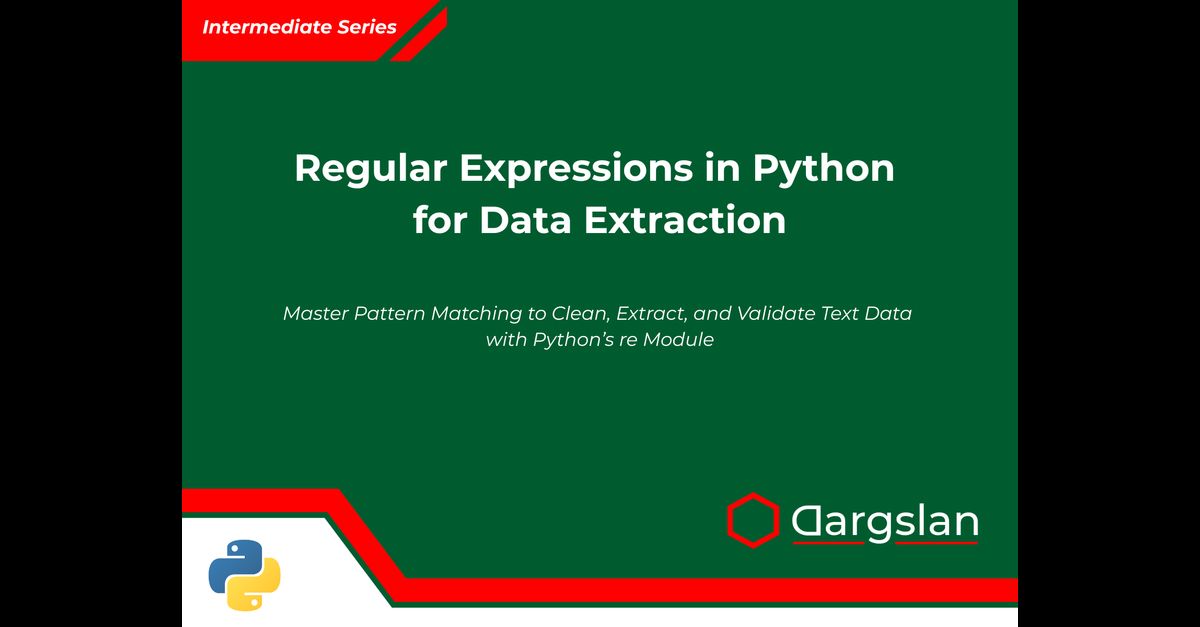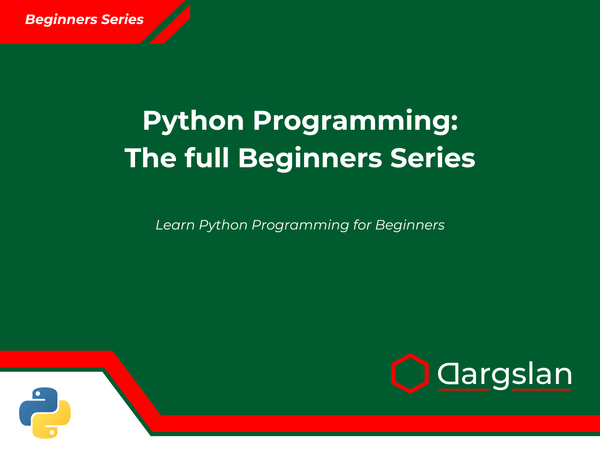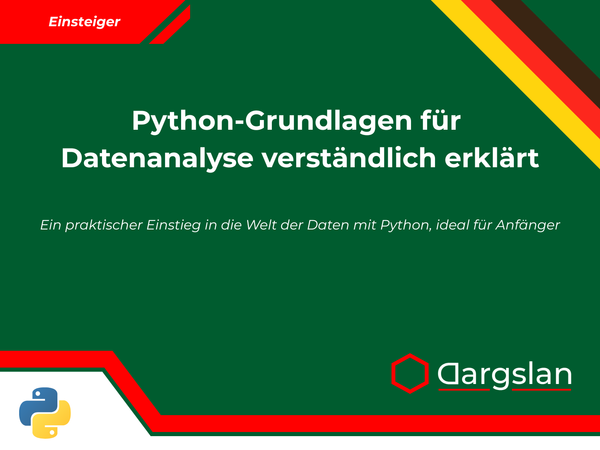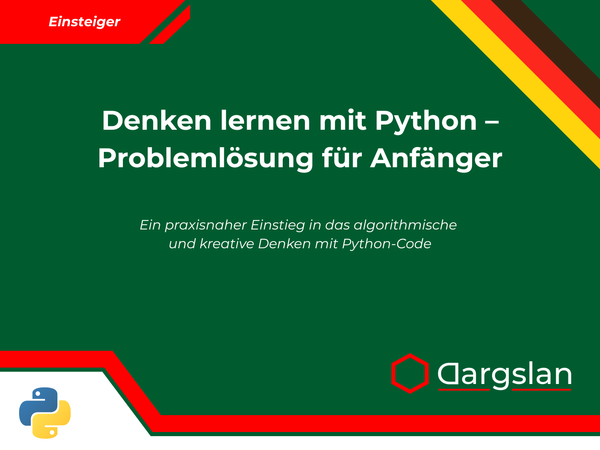Book Review: Regular Expressions in Python for Data Extraction


Regular Expressions in Python for Data Extraction
Master Pattern Matching to Clean, Extract, and Validate Text Data with Python’s re Module
Comprehensive Review: "Regular Expressions in Python for Data Extraction" by Dargslan
An In-Depth Analysis of the Ultimate Guide to Pattern Matching in Python
In today's data-driven world, the ability to efficiently extract, transform, and analyze textual information has become an indispensable skill for developers and data professionals alike. Dargslan's "Regular Expressions in Python for Data Extraction" emerges as a definitive resource that bridges the critical gap between theoretical regex knowledge and practical implementation in Python's ecosystem. This comprehensive review explores how this book stands out as an essential reference for anyone looking to master text processing in Python.
Executive Summary
"Regular Expressions in Python for Data Extraction" is a meticulously structured learning journey that takes readers from basic pattern matching concepts to advanced text manipulation techniques specifically within Python's implementation. What distinguishes this work is its laser focus on Python's re module rather than generic regex principles, making it particularly valuable for Python practitioners working with data extraction challenges.
The book excels in its practical approach, balancing theoretical foundations with real-world applications. Each concept is reinforced with Python-specific examples, and the progression from fundamental to advanced topics is logical and accessible. The inclusion of complete projects and extensive appendices transforms this from merely a reference text into a comprehensive learning tool.
For data scientists, analysts, web scrapers, and Python developers dealing with text processing, this book represents an invaluable addition to their technical library.
Key Strengths
- Python-Specific Focus: Unlike general regex books, every pattern and technique is explored through the lens of Python's
remodule implementation - Progressive Learning Path: Thoughtfully structured to build skills incrementally from basic to advanced concepts
- Practical Application: Emphasis on real-world data extraction and cleaning scenarios rather than abstract pattern matching
- Comprehensive Reference Material: Includes tailored cheat sheets and debugging guidance specific to Python
- Interactive Learning: Features exercises and projects that reinforce concepts through practical application
Detailed Chapter Analysis
Chapter 1: Why Regular Expressions Matter
The book begins by establishing a compelling case for regular expressions in modern programming, particularly in Python. Dargslan effectively articulates how regex addresses common text processing challenges that would otherwise require complex and inefficient code.
The chapter excels in contextualizing regex within Python's data ecosystem, explaining how it complements libraries like Pandas and NumPy while offering capabilities beyond what string methods alone can provide. The author presents convincing use cases that immediately demonstrate the practical value of investing time in learning regex.
What's particularly effective is how this chapter anticipates and addresses common objections to learning regex (complexity, readability concerns) by showcasing how properly implemented patterns can actually improve code maintainability when dealing with text extraction tasks.
Chapter 2: Getting Started with Python's re Module
This chapter provides an accessible entry point to Python's regular expression implementation. The author skillfully introduces the re module's core functions—search(), match(), findall(), and finditer()—with clear examples that highlight the nuances between these seemingly similar methods.
The explanations go beyond mere function syntax to include execution behavior and performance considerations. Particularly valuable is the discussion of Python's regex compilation process and when to use the re.compile() function for optimal performance, complete with benchmarking examples that demonstrate real efficiency gains.
Code samples are concise yet complete enough to run independently, allowing readers to experiment with different patterns and immediately see results.
Chapter 3: Regex Syntax Basics
Rather than presenting regex syntax as a dry reference, Dargslan takes an innovative approach by introducing pattern elements in order of practical utility rather than complexity. This pedagogical choice makes the learning curve significantly less steep.
The chapter breaks down:
- Character classes and their shorthand notations in Python
- Quantifiers and their greedy vs. non-greedy behavior
- Anchors and boundaries with Python-specific nuances
- Alternation and precedence rules
Each concept is accompanied by visualizations of pattern matching processes, which tremendously aids comprehension of how the regex engine processes text. The Python-specific implementations and behavior differences from other languages are carefully noted, helping readers avoid common cross-platform confusion.
Chapter 4: Grouping and Capturing Data
This chapter represents one of the book's most valuable contributions, as it thoroughly explores capturing groups—a feature essential for data extraction yet often poorly explained in other resources.
The author provides clear explanations of:
- Basic capturing groups with
() - Named groups using Python's
(?P<name>...)syntax - Non-capturing groups with
(?:...) - Backreferences both within patterns and in replacement strings
The examples progressively build in complexity, from extracting simple phone numbers to parsing complex nested structures like HTML tags. Particularly useful is the section on using captured groups with Python dictionary comprehensions to transform matched data into structured formats ready for analysis.
Chapter 5: Common Patterns for Data Extraction
This chapter serves as a practical pattern library specifically tuned for data extraction tasks. Rather than presenting these patterns as finished solutions to memorize, the author deconstructs each one to explain the reasoning behind its construction.
The comprehensive collection includes patterns for:
- Email and URL extraction with considerations for international formats
- Date and time parsing across multiple formats
- Product codes and identifiers
- Structured text like CSV and fixed-width data
- Semi-structured data like log files and JSON
Each pattern is accompanied by discussions of edge cases and limitations, promoting a deeper understanding rather than blind application. The Python-specific implementations demonstrate how to integrate these patterns with data processing workflows using Pandas and other libraries.
Chapter 6: Using re.sub() for Data Cleaning
The focus shifts from extraction to transformation in this exceptionally practical chapter. The author explores the full capabilities of Python's re.sub() function, which goes far beyond simple search-and-replace operations.
Highlights include:
- Using function callbacks with
re.sub()for complex transformations - Implementing case-sensitive and case-preserving replacements
- Techniques for handling multi-part replacements and reordering
- Working with serialization formats and escaping special characters
The data cleaning examples address real-world scenarios like standardizing inconsistent date formats in datasets, normalizing product identifiers, and cleaning OCR-processed text. The integration with pandas through the str.replace() method demonstrates how these techniques scale to larger datasets.
Chapter 7: Regex Flags and Modes
This chapter delves into Python's regex engine configuration options that dramatically affect pattern behavior. Rather than simply listing the available flags, the author provides concrete scenarios where each flag solves specific problems.
The exploration includes:
- Multiline mode (
re.MULTILINE) for processing structured text files - Case-insensitive matching (
re.IGNORECASE) with Unicode considerations - Dot-all mode (
re.DOTALL) for processing documents with embedded newlines - Verbose mode (
re.VERBOSE) for creating maintainable complex patterns - ASCII mode (
re.ASCII) vs. Unicode property matching
Particularly valuable is the discussion of combining multiple flags and their interaction effects, plus guidance on when to use inline flag notation ((?im)) versus function arguments.
Chapter 8: Working with Multi-Line and Complex Files
This chapter addresses the challenges of applying regex to larger text structures beyond simple strings. The author provides sophisticated strategies for:
- Processing files line by line with context awareness
- Building stateful parsers for complex document formats
- Extracting hierarchical data while maintaining relationships
- Handling mixed formats and encoding issues
The practical examples include parsing log files with multi-line entries, extracting sections from documentation, and processing semi-structured reports. Python-specific file handling is seamlessly integrated with regex techniques, showing how to combine both skills effectively.
Chapter 9: Best Practices for Regex in Python
This essential chapter focuses on writing maintainable, efficient, and robust regex patterns specifically in Python. The author directly addresses common pitfalls and optimization opportunities:
- Performance considerations and benchmarking techniques
- Balancing pattern complexity against readability
- Documentation standards for regex in Python code
- Testing strategies for pattern validation
- When to use regex versus alternative approaches
The advice on incorporating regex into larger Python projects is particularly valuable, with guidance on creating reusable pattern libraries and integrating them into class structures.
Chapter 10: Real-World Projects
The culmination of the book is a series of complete projects that synthesize all previous concepts into practical applications. Each project includes requirements analysis, solution design, implementation code, and testing strategies.
Projects include:
- A data extraction pipeline for scraping and normalizing product information
- A log analysis tool for security event detection
- A document parser for extracting structured information from reports
- A data cleaning utility for preparing messy datasets for analysis
What sets these projects apart is their realistic complexity and comprehensive implementation. Rather than simplified examples, they represent genuine challenges with multiple components and edge cases to handle.
Appendices: Reference Materials and Practice Resources
The book concludes with extraordinarily useful reference materials:
- A Python-specific regex cheat sheet that focuses on practical usage patterns
- A detailed guide to common pitfalls specific to Python's regex implementation
- Tools and techniques for testing and debugging regex in Python environments
- A set of progressive practice challenges with detailed solutions
These appendices transform the book from merely instructional to a practical desk reference that continues to provide value long after the initial reading.
Technical Accuracy and Depth
The technical content demonstrates a deep understanding of both regular expressions as a concept and Python's specific implementation. The author goes beyond superficial coverage to address:
- The underlying DFA/NFA implementation of Python's regex engine and its performance implications
- Version-specific differences between Python 3.x releases regarding regex behavior
- Integration with Python's broader text processing ecosystem
- Unicode handling considerations and internationalization support
This attention to technical detail ensures the book remains relevant even as readers advance in their Python expertise.
Pedagogical Approach
The book's teaching methodology stands out for several reasons:
- Concepts build progressively, with each new idea leveraging previously established knowledge
- Abstract patterns are consistently connected to practical applications
- Visual aids help clarify regex matching behavior
- Exercises range from simple pattern writing to complex extraction challenges
- The balance between explanation and code examples is well-calibrated for learning
This approach accommodates different learning styles while ensuring readers develop both theoretical understanding and practical implementation skills.
Target Audience and Accessibility
While the book assumes basic Python knowledge, it requires no prior regex experience. It serves several audiences effectively:
- Data Scientists and Analysts: Will benefit from the data extraction and cleaning techniques
- Web Developers: Will find value in the scraping and processing patterns
- Software Engineers: Will appreciate the performance considerations and integration strategies
- DevOps and System Administrators: Will utilize the log processing and automation examples
The progressive structure makes it accessible to beginners while providing sufficient depth for experienced developers looking to refine their regex skills specifically in Python.
Comparison to Similar Resources
Unlike general regex books or Python programming texts that briefly cover regex, this work offers several advantages:
- Python-Specific Focus: Every pattern and technique is tailored to Python's implementation rather than generic regex concepts
- Data Extraction Emphasis: Concentrates on extracting meaningful information rather than just pattern matching
- Practical Project Integration: Shows how regex integrates with pandas, NumPy, and other Python data tools
- Current Python Version Coverage: Addresses features and behaviors specific to modern Python 3.x versions
This focused approach makes it more immediately useful for Python practitioners than broader regex resources or Python books with only cursory regex coverage.
Implementation Examples
The implementation examples throughout the book demonstrate exceptional attention to real-world applicability:
# Example from Chapter 5: Extracting structured information with named groups
import re
log_pattern = re.compile(
r'(?P<timestamp>\d{4}-\d{2}-\d{2} \d{2}:\d{2}:\d{2}) '
r'(?P<level>INFO|WARNING|ERROR) '
r'\[(?P<module>[\w\.]+)\]: '
r'(?P<message>.*)'
)
# Processing logs with dictionary comprehension
with open('application.log', 'r') as logfile:
log_entries = [
log_pattern.match(line).groupdict()
for line in logfile
if log_pattern.match(line)
]
# Filtering for error messages
error_messages = [
entry for entry in log_entries
if entry['level'] == 'ERROR'
]
This representative example showcases how the book integrates regex with Pythonic data handling, using named groups for clarity and dictionary comprehensions for processing matched data.
Practical Applications and Use Cases
The book excels in connecting regex techniques to practical scenarios Python developers regularly encounter:
- Data Cleaning and Preprocessing: Standardizing inconsistent formats, normalizing values, and handling missing data
- Web Scraping and API Integration: Extracting targeted information from HTML, JSON, and API responses
- Log Analysis and Monitoring: Parsing application logs, identifying patterns, and detecting anomalies
- Document Processing: Extracting structured information from reports, papers, and unstructured text
- Data Validation: Creating robust input validation for web forms and data pipelines
These applications are explored with realistic complexity rather than oversimplified examples, preparing readers for genuine implementation challenges.
SEO and Discoverability Aspects
The book's title and structure are well-optimized for developers searching for Python-specific regex solutions. Key terms like "Python regex," "data extraction," "pattern matching," and "text processing" are naturally integrated throughout the content, making it discoverable through technical searches.
Each chapter addresses common search queries related to Python regex tasks, serving as both instructional content and problem-solving reference. The practical focus aligns well with the intent behind most regex-related searches, which typically aim to solve specific text processing challenges.
Areas for Potential Improvement
While the book is comprehensive, a few areas could potentially be enhanced:
- More discussion of alternatives to regex in Python (such as parser combinators or specialized parsing libraries) for comparison
- Additional coverage of regex performance optimization for very large datasets
- Expanded examples of integrating regex with asyncio for high-throughput text processing
These minor opportunities for expansion don't detract from the overall excellence of the content.
Conclusion: A Definitive Python Regex Resource
"Regular Expressions in Python for Data Extraction" stands as an exceptional resource that fills a significant gap in the Python literature. By focusing specifically on Python's implementation of regex for practical data tasks, it delivers immediate value to developers and data professionals working in the Python ecosystem.
The book's thoughtful structure, technical accuracy, and practical focus make it both an effective learning tool and a valuable reference. For anyone looking to master text processing in Python—from extracting information from unstructured sources to cleaning and validating data—this book represents an essential addition to their technical library.
Whether you're a data scientist wrangling messy datasets, a web developer scraping content, or a Python programmer looking to level up your text processing skills, Dargslan's work provides both the conceptual understanding and practical techniques needed to solve real-world challenges with regex in Python.
This comprehensive review of "Regular Expressions in Python for Data Extraction" examines how this book serves as a definitive guide for Python developers and data professionals looking to master pattern matching for text extraction, validation, and cleaning using Python's re module.

Regular Expressions in Python for Data Extraction






